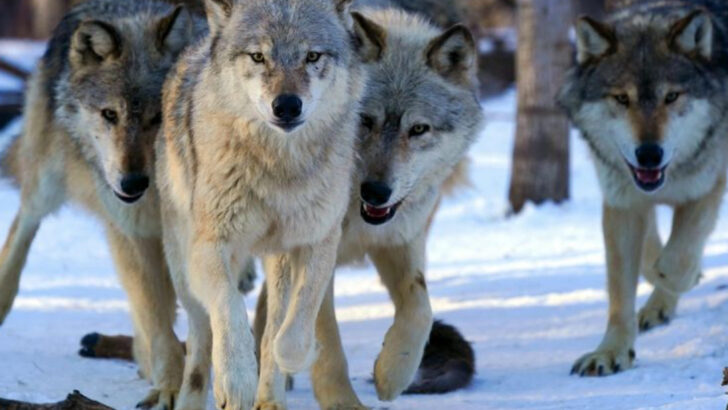Wolves are back—and they’re taking over! Once hunted to near extinction, these majestic creatures are now reclaiming their rightful place in the wild. From the Rocky Mountains to the Pacific Northwest, wolves are returning to states that once feared them. The howls echoing through the forests are a testament to their incredible comeback.
The rise in wolf populations isn’t just a win for conservationists—it’s a victory for the entire ecosystem. Wolves are the apex predators, restoring balance to wildlife populations and revitalizing habitats. As they return, the landscape is transforming, and the future of America’s wilderness is brighter than ever.
But this isn’t just about wolves—it’s about a new chapter in how we live with nature. Across these 15 states, wolves are proving that coexistence is possible. Their return is more than just a story of survival—it’s a story of hope.
Idaho
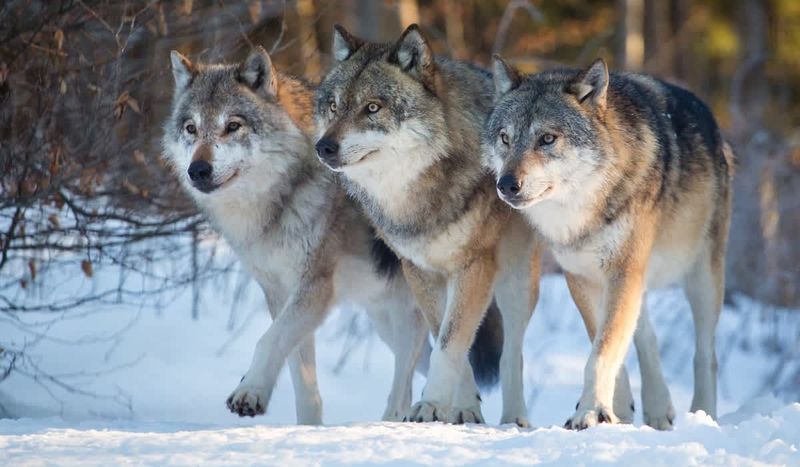
Idaho’s rugged landscapes have become a sanctuary for wolves in recent years. Conservation efforts have led to a steady increase in their numbers. The state’s mountains and forests provide an ideal habitat.
Local communities have mixed feelings about their return. While some welcome the ecological balance, others express concerns over livestock.
The state has implemented measures to mitigate conflicts. As wolves thrive, they are contributing to the natural control of prey populations. This balance enriches the environmental tapestry of Idaho, ensuring a harmonious coexistence.
Montana
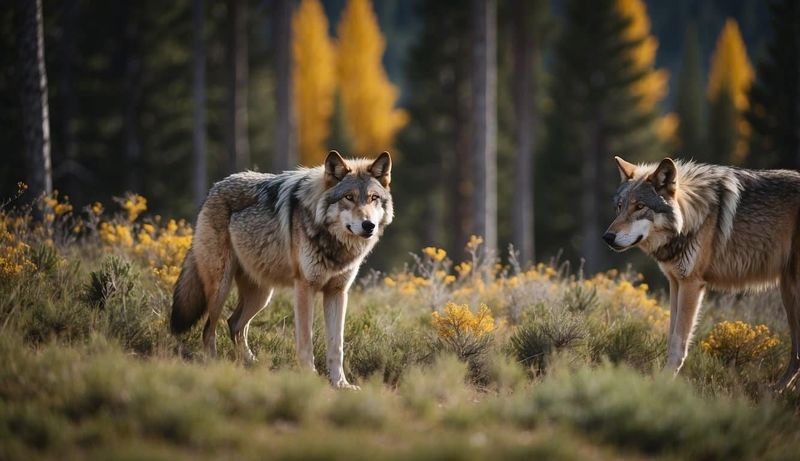
Montana’s grasslands and mountains offer a thriving environment for wolves. These majestic creatures are reclaiming their place in the ecosystem. Their presence has sparked debates about wildlife management.
Wolves play a crucial role in maintaining the health of the region. They control deer and elk populations, fostering biodiversity.
The state has developed strategies to balance wolf conservation with economic interests. Through collaboration with ranchers and conservationists, Montana is paving the way for sustainable wolf populations.
Wyoming
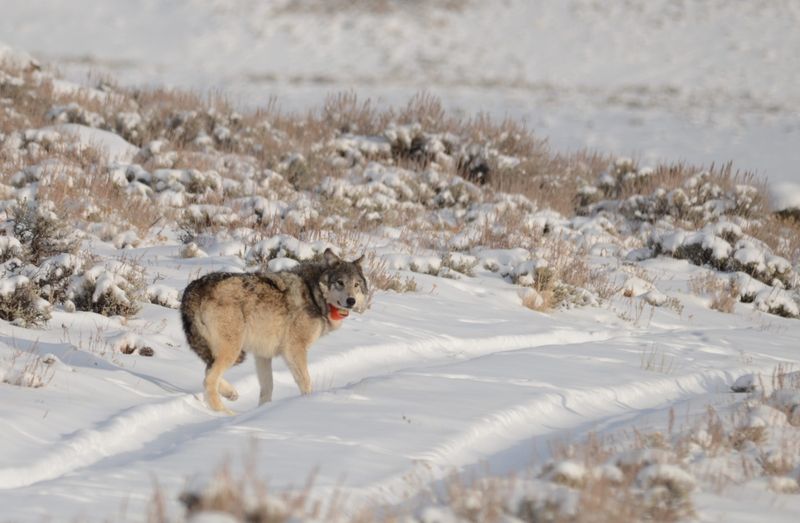
In Wyoming, the return of wolves is a symbol of wildlife restoration. These predators are successfully adapting to the diverse terrains.
Efforts to promote understanding between wolves and humans are vital. Programs aim to reduce livestock predation and foster coexistence.
Wolves are helping to regulate prey numbers, benefiting the ecosystem. Their resurgence is a promising sign of balanced natural processes in Wyoming.
Wisconsin
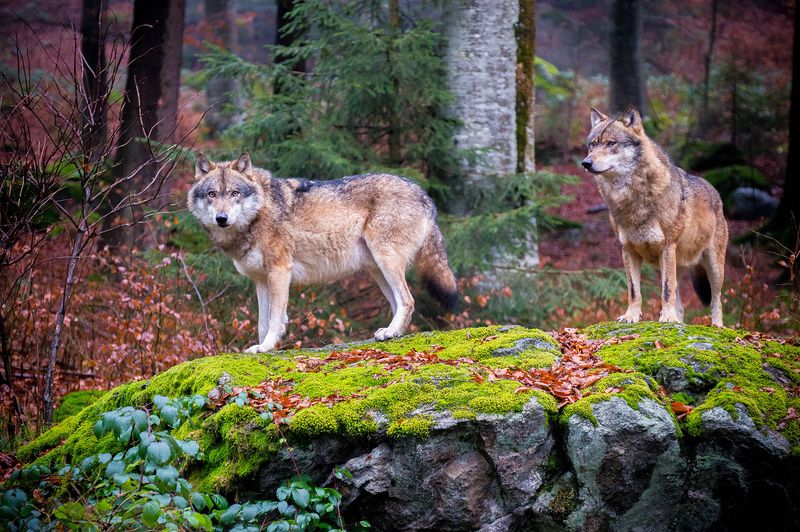
Wisconsin’s forests have become a haven for wolf families. Their numbers are rising, thanks to effective conservation policies.
The wolves’ presence is a boon for local ecology, maintaining predator-prey dynamics. However, it also brings challenges for nearby farms.
Efforts to educate the public on wolf behavior and ecology are ongoing. These initiatives aim to foster understanding and reduce conflicts.
Minnesota
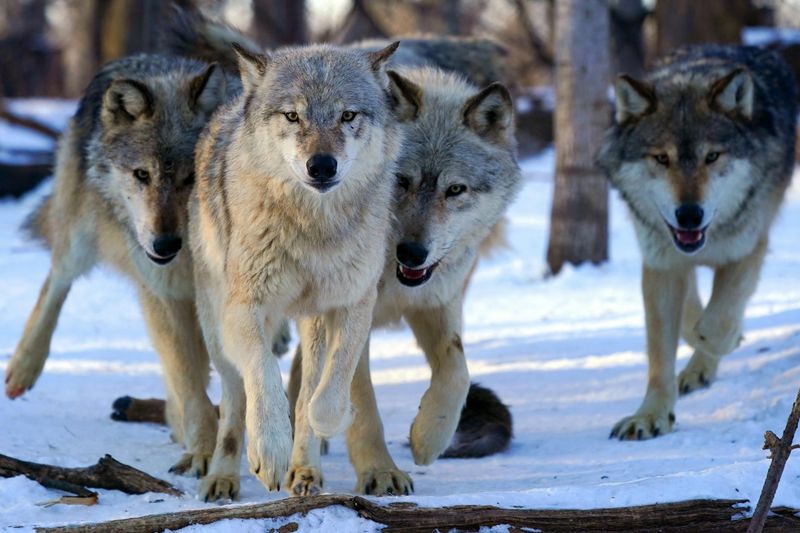
Minnesota is witnessing a remarkable increase in its wolf population. The state’s chilly climate and vast woods offer a perfect refuge.
Wolves are integral to maintaining the health of local wildlife. They help in keeping herbivore populations in check.
The state has embraced strategies to support wolf survival, focusing on habitat protection and human-wolf interaction management.
Michigan
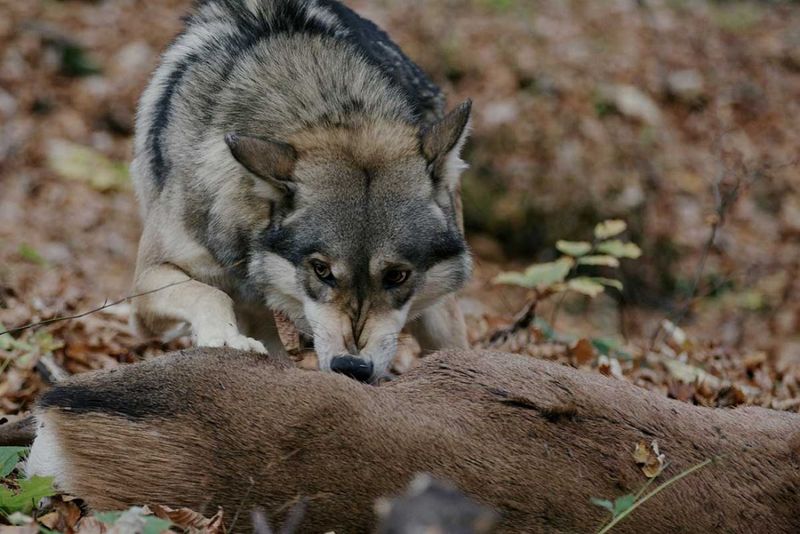
Michigan’s Upper Peninsula is seeing a resurgence of wolves. These adaptable creatures are thriving in the expansive woodlands.
Their return is celebrated by conservationists for its positive ecological impact. Wolves aid in controlling deer populations, promoting forest health.
The state is actively working to manage human-wolf interactions, ensuring both safety and conservation.
Oregon
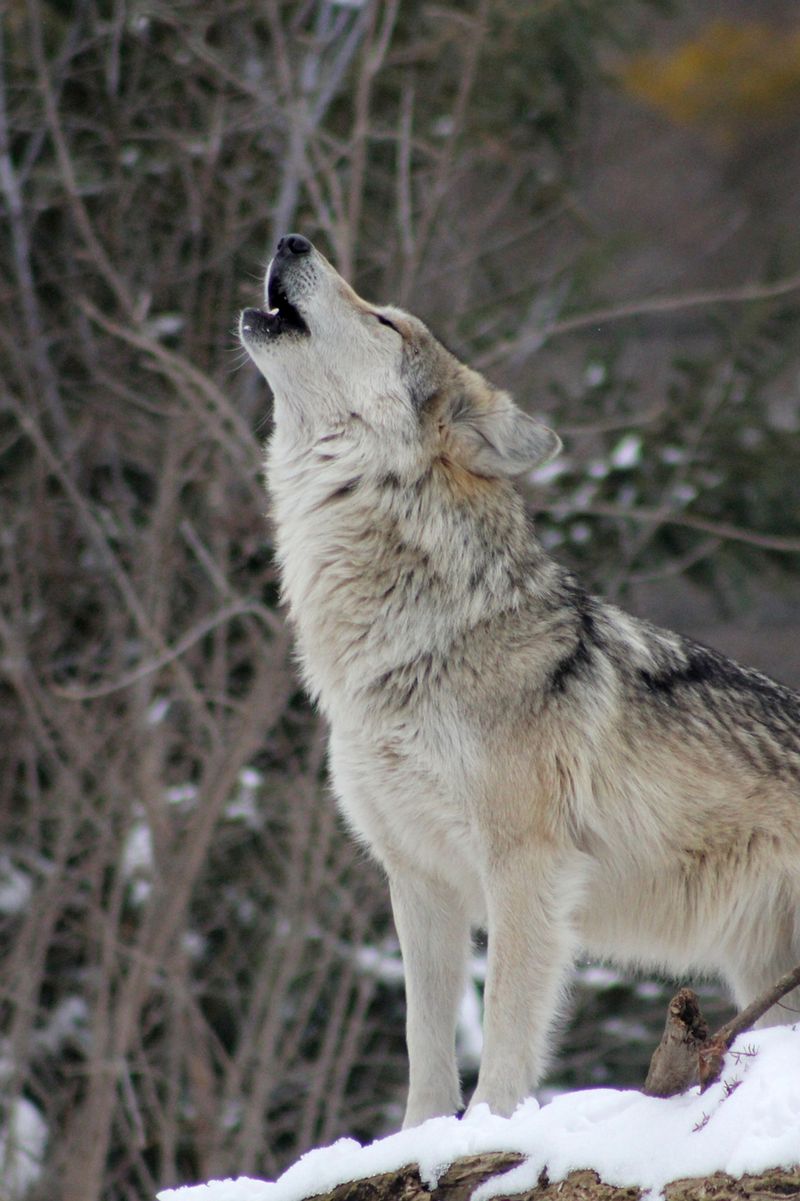
Oregon’s misty forests are once again echoing with wolf howls. The revival of their populations marks a success for wildlife conservation.
Wolves are revitalizing the ecosystems by managing prey species. This natural balance is crucial for maintaining biodiversity.
The state’s commitment to protecting these animals is evident through innovative strategies and public engagement.
Washington
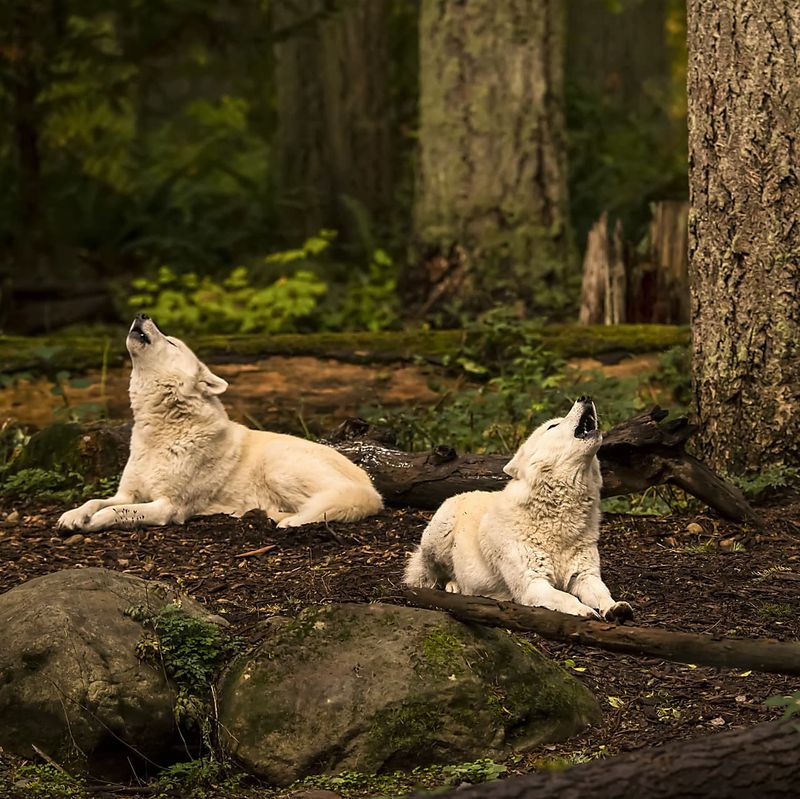
Washington State is experiencing a wolf population boom. Their return is reshaping the landscape and ecosystems.
Wolves contribute significantly to ecological balance by regulating prey numbers. This dynamic supports a healthier environment.
The state is fostering coexistence through awareness programs and protective laws, ensuring wolves thrive alongside humans.
North Carolina
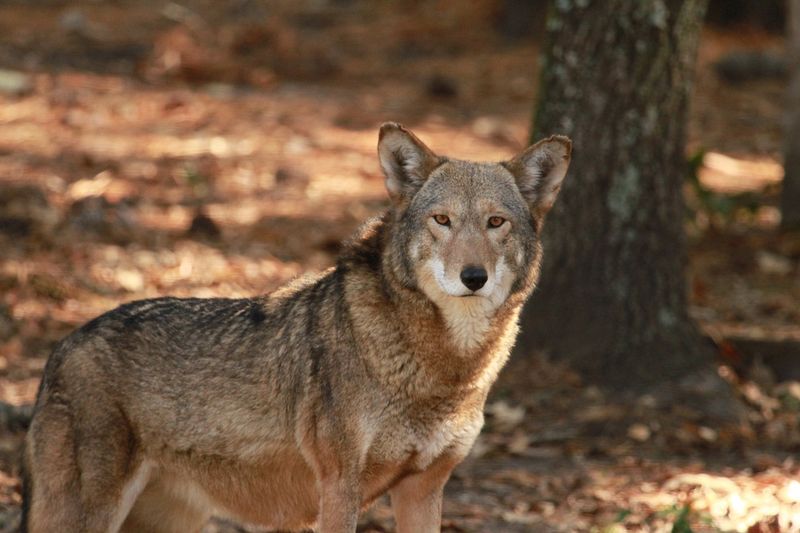
North Carolina is witnessing a unique resurgence of red wolves. These critically endangered creatures are finding refuge in the state’s wetlands.
Conservationists are working tirelessly to boost their numbers. This effort is crucial for preserving the genetic diversity of wolves.
Public engagement and habitat restoration are key strategies in safeguarding these rare animals.
Arizona
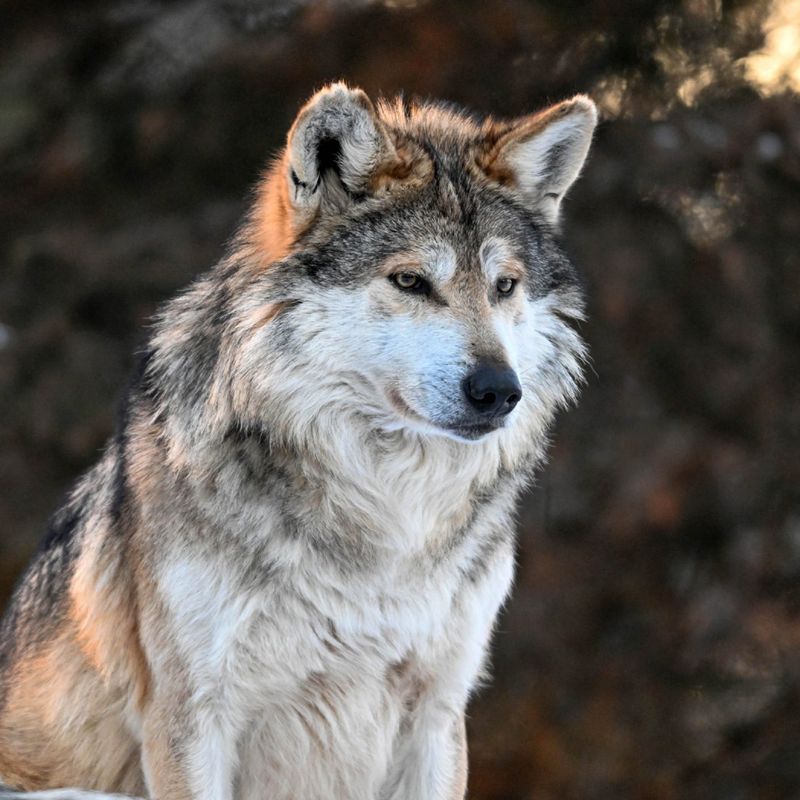
Arizona’s desert landscapes are welcoming the return of Mexican gray wolves. These wolves are adapting well to the arid conditions.
Their comeback is supported by focused conservation efforts and legal protections. Wolves are helping to revive the natural order in Arizona’s ecosystems.
Engagement with local communities is crucial to the success of these programs, ensuring peaceful coexistence.
New Mexico
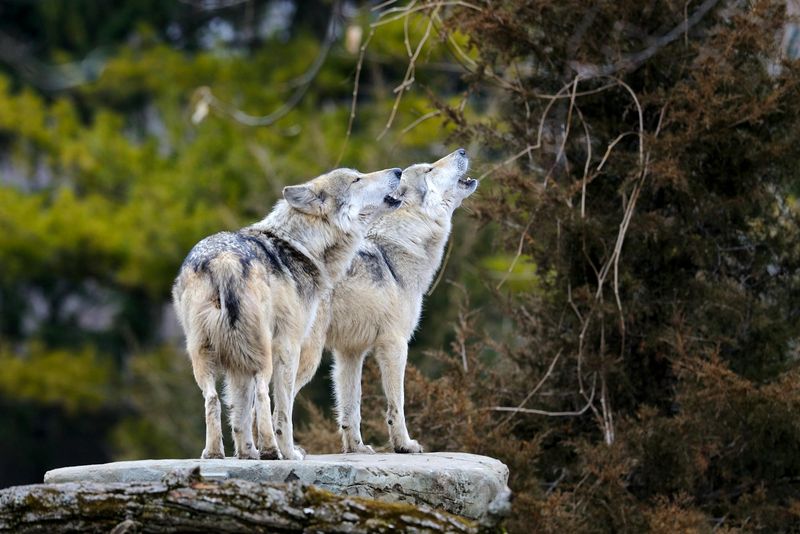
New Mexico’s efforts to revive the Mexican gray wolf populations are bearing fruit. These wolves are finding their footing in the grasslands.
The state has implemented measures to protect these endangered species. Their presence helps maintain ecological equilibrium by controlling prey populations.
Collaboration with ranchers and locals is enhancing the success of conservation initiatives.
Colorado
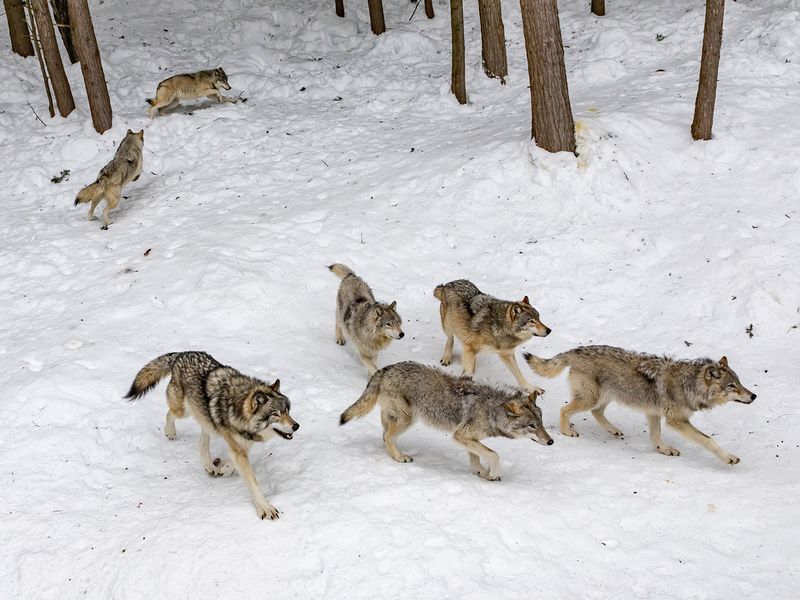
Colorado is embracing the return of wolves, symbolizing a shift towards ecological restoration. The mountains provide an ideal habitat.
Wolves are starting to play their role as apex predators, balancing wildlife numbers. This change is welcomed by many environmentalists.
State policies are focusing on mitigating potential human-wolf conflicts while promoting natural habitat preservation.
California
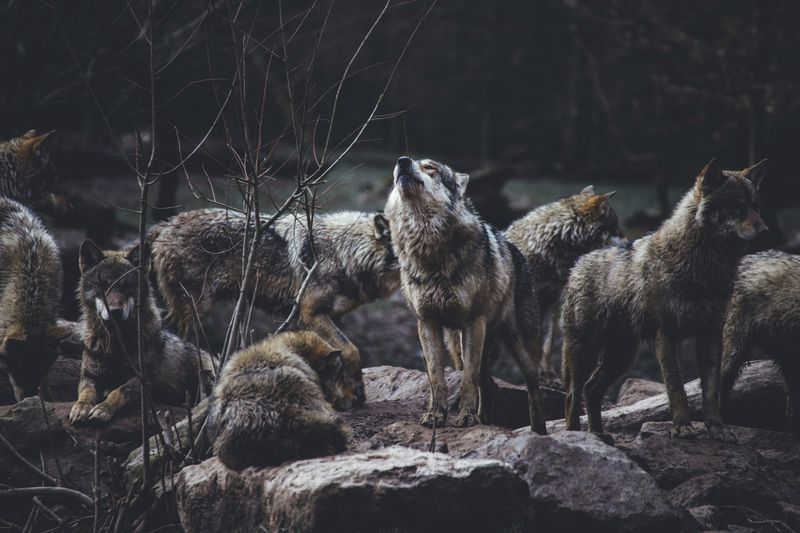
California is witnessing a promising rise in wolf numbers, especially in the north. These wolves are adapting to diverse environments.
Conservation programs are working to protect their habitats and ensure their safety. Wolves are integral to maintaining the ecological balance.
Community involvement plays a significant part in fostering a harmonious relationship between humans and wolves.
Alaska
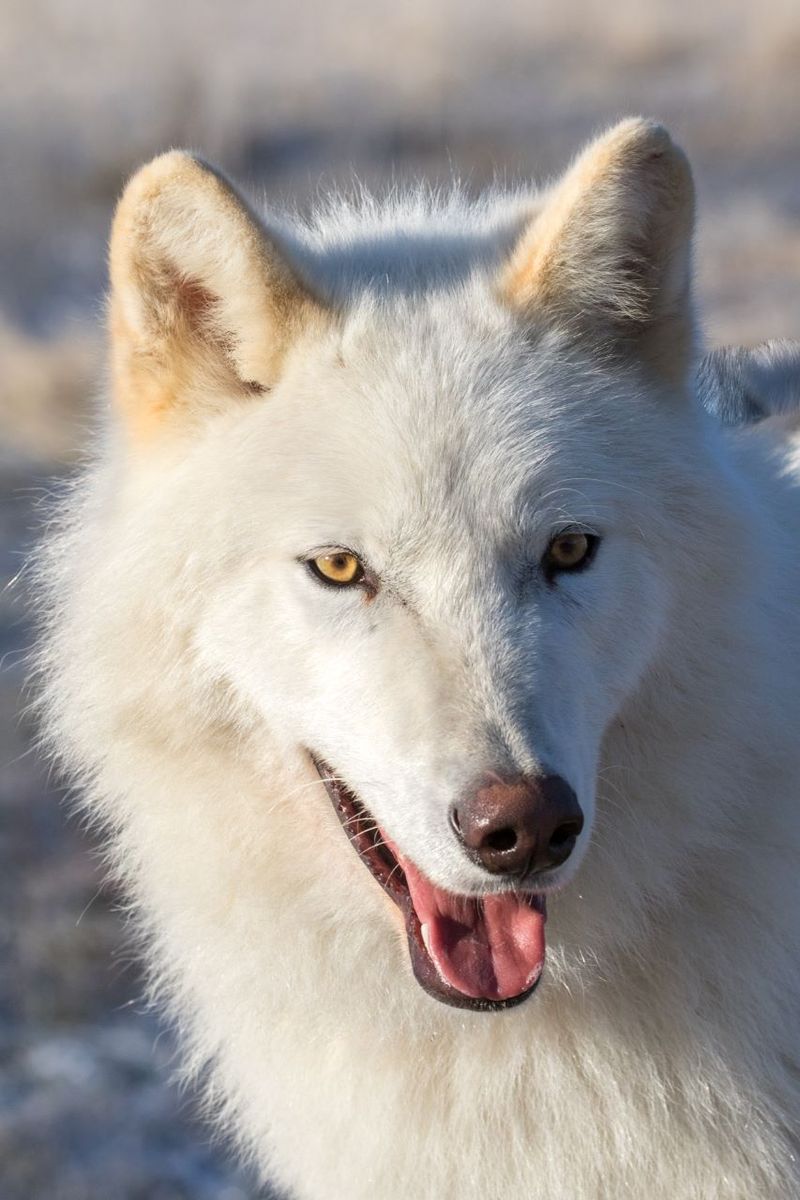
Alaska’s vast wilderness is a natural haven for wolves. Their robust population is a result of minimal human interference.
Wolves are vital in maintaining the health of Alaska’s ecosystems, controlling prey species. This balance supports a rich biodiversity.
Efforts are ongoing to monitor and study wolf populations, enhancing conservation strategies and ecological understanding.
Utah
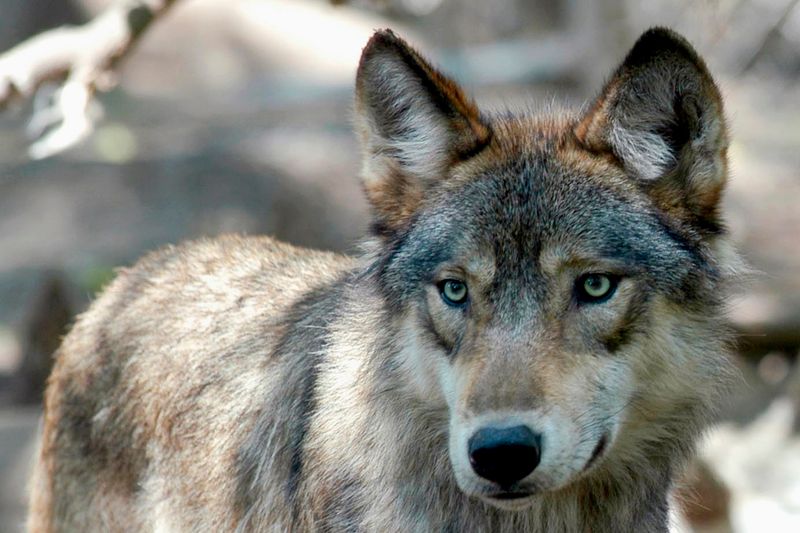
Utah is beginning to see the return of wolves, marking a hopeful sign for wildlife enthusiasts. Wolves are finding habitats in the rugged terrain.
Their presence is contributing to the natural regulation of prey populations. This resurgence is essential for ecosystem health.
The state is focusing on research and collaboration with communities to ensure sustainable wolf populations.

